ABSTRACT
During the information gathering process, there are many factors which shape the consumers‟ decision to purchase a particular product. One of these determinants is the consumer‟s attitude which can have a significant effect on his/her decision-making and whether or not to make the purchase.
This thesis aims to analyze consumers‟ attitudes in relation to a specific product, the Electric Vehicle. There have been a lot of debates about environmentally friendly products and their ability to solve the planet‟s environmental issues. The problematic issue is the consumers‟ acceptance of such products mainly because of their unconventionality brought to consumers‟ routine consumption behavior.
Consumers‟ attitudes towards the Electric Vehicle in China are consistent with new product introductions around the world that require the consumer to change. China is a country with tremendous economic growth and where consumers are in the process of learning new consumption habits. EVs have entered the market as part of the solution to Chinese energy sustainability and environmental problems. However, as anywhere else, the consumers‟ acceptance of such product is a real challenge.
It can be argued that analyzing the attitudes can be the contributing factor to overcome this challenge. In this context, the theory about consumer attitudes is presented as well as the influential determinants toward attitudes like demographics or product knowledge. The concept of the Electric Vehicle is presented so that the reader can have a better understanding of this product. Included is a discussion of the Electric Vehicle in the Chinese market presenting its development, strong and weak sides, and the challenges it faces.
This theoretical framework and secondary data research provide a good base for the empirical study, which consists of a survey conducted with Chinese Master students. Master students were chosen because of their educational background, young age, and consideration of them as future consumers. The study reveals high awareness of environmental problems and a positive attitude towards innovative products. It also shows positive attitudes towards the Electric Vehicle. What is more interesting is that no matter how much the Chinese consumer likes the product, he/she perceives it more from a practical perspective and evaluates the ability to match its attributes and characteristics with his/her daily needs.
CONSUMER ATTITUDES

Figure 1: Formation of beliefs.
As opposed to attitudes, a person‟s favorable or unfavorable evaluation of an object, beliefs represent the information he/she has about the object. (Fishbein & Ajzen, 1975) The relationship can be very easily understood (See Figure 1). It shows that the consumer gets information about something (e.g. an object) and he/she automatically transforms it into a belief.

Figure 2: Formation of beliefs and of attitudes.
In the above figure, another element can be added, and that is the strength of beliefs. Beliefs that have a high degree of strength about a given object are called salient beliefs, and they are directly connected to attitude formation. (See Figure 2) This figure gives a wider understanding of the whole process that an individual takes from the information stage all the way to attitude formation. The difference in comparison to figure 1 is that it shows that only the salient beliefs are those that are significant in the process of developing a certain attitude. It also claims that not all beliefs are correlated to attitude formation.

Figure 3: The formation of beliefs, attitudes and intentions.
In comparison to the understanding of this paper‟s authors (See Figure 3), Fishbein & Ajzen (1975) promote a more simplistic perspective about behavior formation. They state that a belief about an object creates an attitude toward that object, which then transforms into an intention regarding that object. Finally, the intention can transform into a behavior towards that object. Their model adds the feedback connections that get created in this process.
CONSUMER ATTITUDE INFLUENCING FACTORS
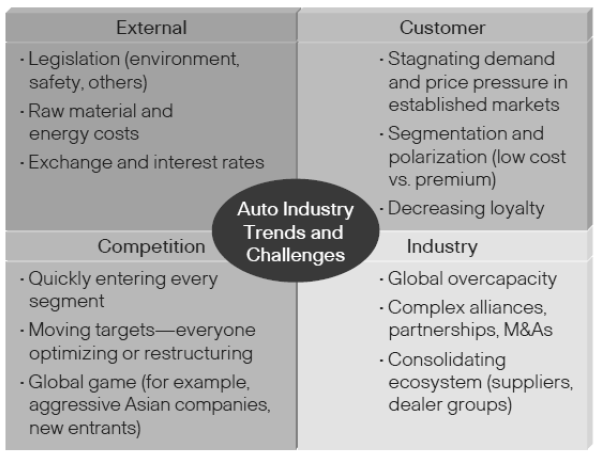
Figure 6: Global trends and challenges in the automotive industry (Schwarz, 2008).
Winterhoff et al. (2009) in their study named other global trends like „individualization‟, which basically means shift from conservative and strongly mass kind of demand to more fragmented demand based on different lifestyles consumers have. What is more, Winterhoff et al. (2009) pay attention also on „social trends‟ which can be considered as determinant of consumers‟ attitudes.
EV CONCEPT
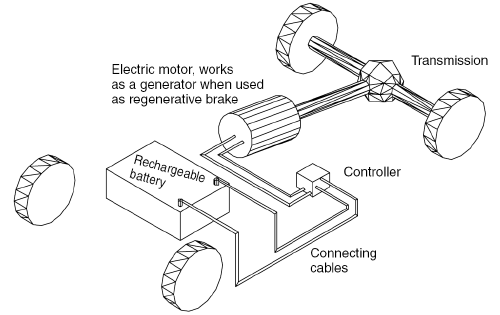
Figure 7: Concept of the Electric Vehicle (Larminie & Lowry, 2003).
The Electric Vehicle can be defined as a vehicle where an electric motor powers the wheels. It is an “innovative” vehicle (Ewing& Sarigöllu, 2000, p. 114) “and has the highest engine efficiency of existing propulsion systems and zero tailpipe emissions.” The characteristics that set a border between the EV and regular fuel cars is that it does not have any tailpipe emissions, it pollutes less and conserves energy. Also EVs are cheaper to run, averaging twice the distance of a normal car.
THE ELECTRIC VEHICLE IN CHINA: DETERMINANTS AND CHALLENGES
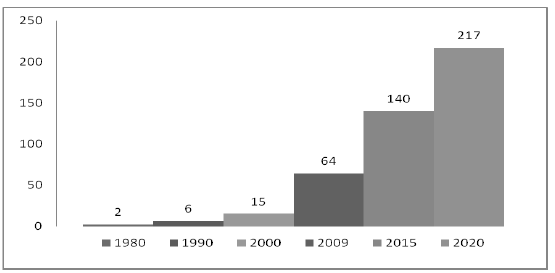
Figure 8: Number of vehicles on Chinese roads (in million units).
The reason for China to invest in development of the electric vehicle (EV) is not only to increase competitiveness. Chinese car fleet is growing tremendously year by year. According to Gao et al. (2008), the Chinese car fleet is growing 12 % annually and in the next 20-30 years the estimated number of cars in China can reach more than 250 million units (See Figure 8). These data is also reflecting the growth of Chinese automotive industry, although it means negative effects in sense of threats for environment and growing oil consumption. (Gao et al., 2008).
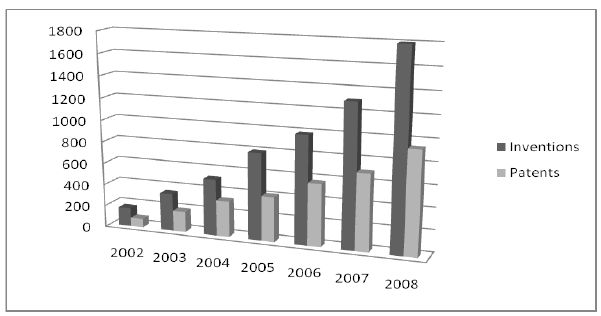
Figure 10: Number of patents and inventions in years 2002-2008 (Ouyang, 2009).
China also increased number of acquired patents regarding renewable energy technologies. These patents are part of the so called “Energy-saving and New Energy Vehicle Program” and as figure 10 shows, the number of patents reached 1796 in 2008 with number of inventions reaching almost 1000, as compared to 2002, when China was lagging behind with 170 patents and even more less inventions. (Ouyang, 2009) Thus one can see the progress that China has made in the past couple of years.

Figure 12: Production, consumption and imports of petroleum in China (Ban et al., 2005).
Growing oil consumption and dependency on foreign sources (See Figure 12) drives attention to EVs,- as the part of solution. This technology has potential to contribute on lowering the oil consumption with almost 100% efficiency. Gao et al. (2008) estimated that if at least 30% of Chinese passenger car fleet were EVs by 2030, China could save up 10% out of 6.2 billion barrels, which is projected need of oil by that year.
CONSUMER ATTITUDES IN CHINESE AUTOMOTIVE
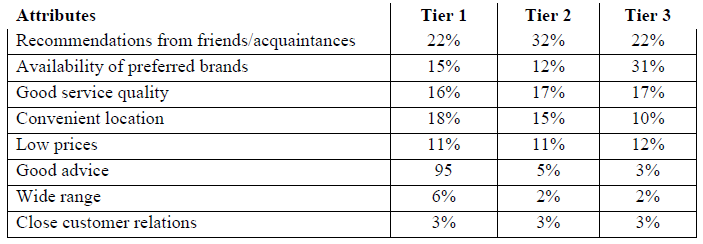
Figure 16: Main reason for car purchase at a dealership (Paur, 2008).
In the automotive sector this also is automatically implied, as more and more consumers rely on advice and recommendations. This is strongly related to the fact that Chinese consumers have so little car experience. (Paur, 2008) Chinese automotive market is still a young market as consumers purchase an automobile for the first time, and for this matter they rely on other‟s opinions. And as a proof, when Chinese consumers were asked on what they relied when purchasing a car, recommendations was the most influential factor in their decision, in the three Tiers that the research was undertaken.
CONSUMER ATTITUDES TOWARDS THE ELECTRIC VEHICLE
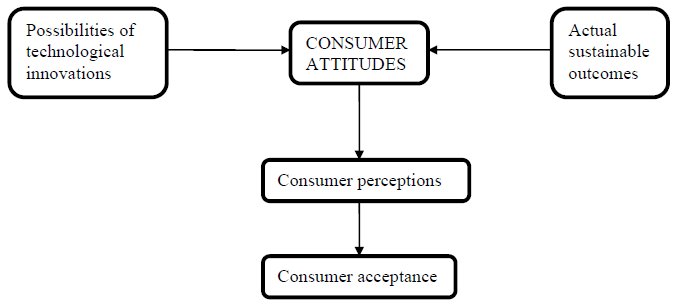
Figure 17: What determines consumer buying decision (Ozaki & Sevastyanova, 2010).
The above figure manages to show a clear relation between consumer attitudes and his/her acceptance of a technological innovation. Thus, the attitudes are being influenced by two factors that can be easily translated in the characteristics of the product as well as in the benefits it brings to the consumer. These create a set of attitudes that in turn develop the perception of the product and finally that lead to acceptance. While overly simplistic in nature, the model does help in the understanding of how to connect attitudes and acceptance.
EMPIRICAL STUDY – CHINESE ATTITUDES TOWARDS THE ELECTRIC VEHICLE
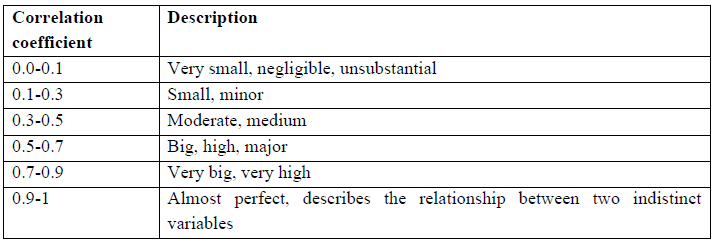
Figure 19: Correlation coefficient description (Popa, 2006).
If the PEU concept is applied on the EV one can assume analogy that individuals are evaluating this product with certain beliefs already acquired in the past, and are using experience (their own, but could be another) and interaction to adjust themselves with product. Thus, the individuals can perceive the EV as useful for the future. (See Figure 19).
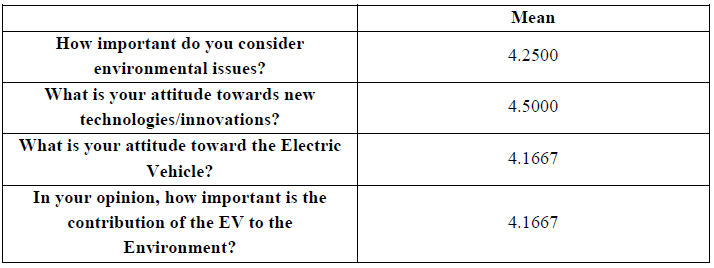
Figure 23: Perceiving the EVs contribution to the environment by participants who were not willing to purchase the EV.
Despite the fact that price can significantly affect the pro-environmental attitude, all the participants who claimed that they would not pay premium price, they expressed strong consideration of the environmental issues and highly positive relation towards technology and innovations. Furthermore, they expressed highly positive attitude towards the EV (See Figure 23).
CONCLUSIONS
Chapter 1 was intended at providing a general knowledge base regarding consumer attitudes, as well as, to provide consistent understanding of the main concepts under the attitude umbrella.
Attitudes are a favorable or unfavorable evaluation of a given product, situation, etc. It has been discovered that attitudes are a complex process, which forms from a number of other processes (e.g. beliefs, information acquisition). Attitudes can be measured by several methods (e.g. opinions, behaviors) and they are most easily interpreted by the use of measurement scales (e.g. Likert, Guttman).
When speaking about behavior it is important to mention that attitudes are one of several steps that lead to the formation of a given behavior, but having a positive attitude towards a product, will not always translate into a positive behavior towards it. The relation between attitudes and behavior can be one of causality, but it can also have no connection whatsoever; the consistent debate between researchers alternates constantly, as some are firm believers that behavior can be predicted from attitudes, while others think this is not always true and that other variables may intervene between attitudes and behavior.
The current research has raised authors‟ attention at the fact that the truth is somewhere in the middle, and that taking a stand for Yes or No, is not the best way to answer whether attitudes have a relationship with behavior. One of the best and easiest ways of understanding attitudes and behavior concepts is by visualizing the graphic model created by Fishbein & Ajzen (1975).
Source: Linkopings University
Authors: Alexander Penev | Catalin Ivan